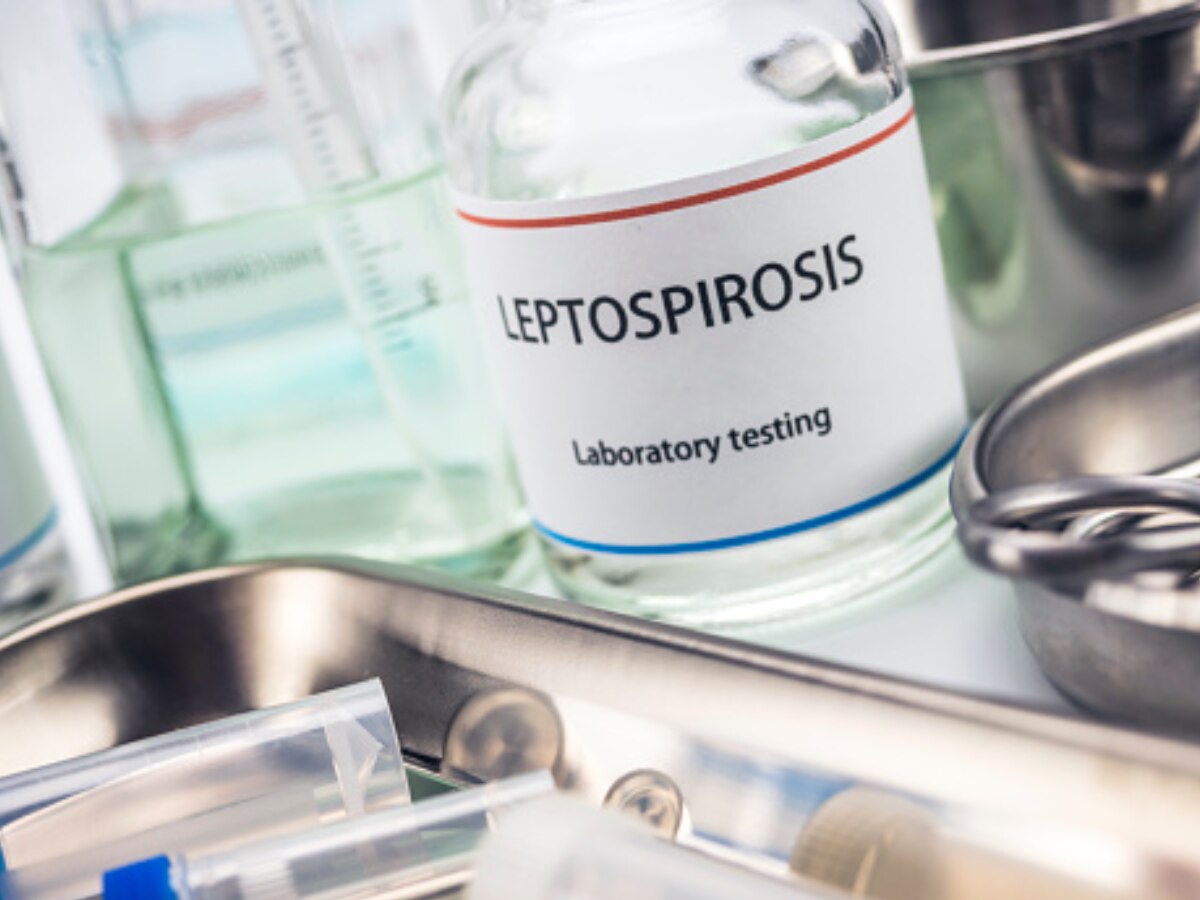How to Prevent and Treat Leptospirosis in Humans
Key Highlights :

Leptospirosis is a bacterial infection that can cause a wide range of symptoms in humans. It is an infectious disease of humans and animals that is caused by pathogenic spirochetes and is considered the most common zoonosis in the world. This bacteria is spread through urine of infected animals, which can get into water or soil and can survive for weeks to months. The most common method of transmission is through direct contact with infected urine or other bodily fluids such as saliva, or contaminated water, soil, or food.
Signs and Symptoms:
Talking about Leptospirosis, Dr Shrikant Kulkarni, Consultant Internal Medicine Doctor, Apollo Clinic, Wanowrie shared the signs and symptoms of the disease. He said, "Leptospirosis ranges in severity from no symptoms to a mild illness suggesting a viral infection to a multisystemic syndrome with unique features." It is characterized by sudden onset of the following:
• Fever (38-40°C)
• Rigors
• Headache, retro-orbital pain, photophobia
• Muscle pain localized to the calf and lumbar areas
• Conjunctival suffusion
• Dry cough
• Nausea and vomiting, diarrhea
Causes of Leptospirosis
Dr. Ashok Rattan - Chairman Medical Committee & Quality said, "Leptospirosis is primarily transmitted to humans through contact with water or soil contaminated with the urine of infected animals. The bacteria that cause leptospirosis can survive in water or soil for weeks to months, and many different kinds of wild and domestic animals can carry the bacterium, including cattle, pigs, horses, dogs, rodents, and wild animals. When these animals are infected, they may have no symptoms of the disease. The bacteria can enter the human body through skin or mucous membranes, especially if the skin is broken from a cut or scratch. Drinking contaminated water can also cause infection. Person-to-person transmission of leptospirosis is rare, but an infected human can shed leptospires in their urine for a period both during and after the illness, and so can present a risk."
Risk Factors For Leptospirosis In India:
Here are some of the risk factors for leptospirosis in India suggested by Dr. Rattan:
• Occupational exposure: Occupational exposure is a significant risk factor for leptospirosis in India. People working in the agricultural sector, such as paddy fields, are at higher risk of infection
• Living in rural areas: Leptospirosis is more prevalent in rural areas compared to urban areas. People living in rural areas are at higher risk of infection due to their proximity to animals and their habitats
• Walking barefoot: Walking barefoot is a risk factor for leptospirosis, as the bacteria can enter the body through cuts and abrasions on the feet
• Skin wounds: Skin wounds can increase the risk of leptospirosis, as the bacteria can enter the body through cuts and abrasions
• Harvesting: People involved in harvesting crops are at higher risk of infection due to their proximity to animals and their habitats
• Cleaning sewage and clearing garbage: People involved in cleaning sewage and clearing garbage are at higher risk of infection due to their proximity to animals and their habitats
• Working in water: People working in water, such as fishermen and those involved in aquaculture, are at higher risk of infection due to their proximity to animals and their habitats
Preventive Measures That Can Be Taken:
To prevent leptospirosis, it is important to take the following measures suggested by Dr. Ashok Rattan.
• Avoid contact with animal urine: Leptospirosis is primarily spread through contact with urine from infected animals. Avoid swimming or wading in water that may be contaminated with animal urine, especially in areas where the disease is prevalent
• Eliminate contact with potentially infected animals: Avoid contact with animals that may be infected with leptospirosis. This includes avoiding contact with stray animals and rodents, as they can carry the bacteria
• Wear protective clothing: If you are exposed to contaminated water or soil due to your job or recreational activities, wear protective clothing and footwear to minimize the risk of infection
• Vaccination: Vaccination is the best way to prevent leptospirosis in dogs. Consult with a veterinarian to ensure that your dog is up to date on their vaccinations. No vaccination for use in human is available.
What Are The Long-Term Effects Of Leptospirosis?
"Leptospirosis can have long-term effects on the body, which can vary depending on the severity of the infection," said Dr. Rattan. Here are some of the long-term effects of leptospirosis:
• Chronic fatigue: Recovery from leptospirosis infection can be slow, and some people can have a chronic-fatigue-like illness that lasts for months
• Chronic post-leptospirosis symptoms: Chronic post-leptospirosis symptoms including fatigue, myalgia, malaise, persistent headache, and visual disturbances have been reported
• Kidney damage: Leptospirosis can lead to kidney damage, and some patients may develop chronic kidney disease (CKD) after infection
• Liver disease: Leptospirosis can cause liver disease, which can lead to jaundice (yellow coloration of the skin and eyeballs)
• Respir
